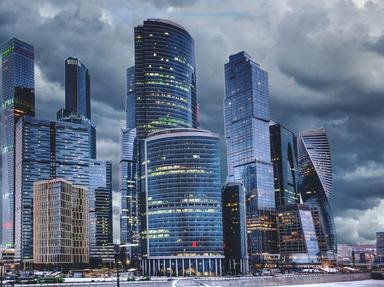Quiz Answer Key and Fun Facts
1. Modern landmarks in this sprawling but ancient city include the Azadi Tower and the Milad Tower.
2. The historic centre of this capital city on the Gulf of Finland was designated a World Heritage Site in 1997.
3. Standing on the banks of the Mt'k'vari (or Kura) River, this city is known for its natural hot springs and has a name derived from a term meaning 'warm location'.
4. Officially described as a metropolitan prefecture rather than a city, this capital includes a chain of islands that stretch out into the Pacific Ocean.
5. This capital, which shares its name with a city in Lebanon, is located on the Mediterranean Sea but has a hot semi-arid climate.
6. Although this capital was once a significant trading point on the Silk Road, its name translates into English as 'City of Stone'.
7. Situated on the Balkan Peninsula and overlooked by Mount Dajti, this city's Skanderbeg Square is named after a 15th century national hero.
8. This Asian capital is full of striking architecture, including historic fortresses known as dzong. Its Tashichho Dzong is the country's seat of government.
9. This city gave its name to the country of which it is the capital. It is located close to the ruins of the ancient city of Carthage.
10. Nearly 1,000 metres above sea level and surrounded by mountains, this city was founded in 1578 by Spanish settlers.
Source: Author
Fifiona81
This quiz was reviewed by FunTrivia editor
spanishliz before going online.
Any errors found in FunTrivia content are routinely corrected through our feedback system.

